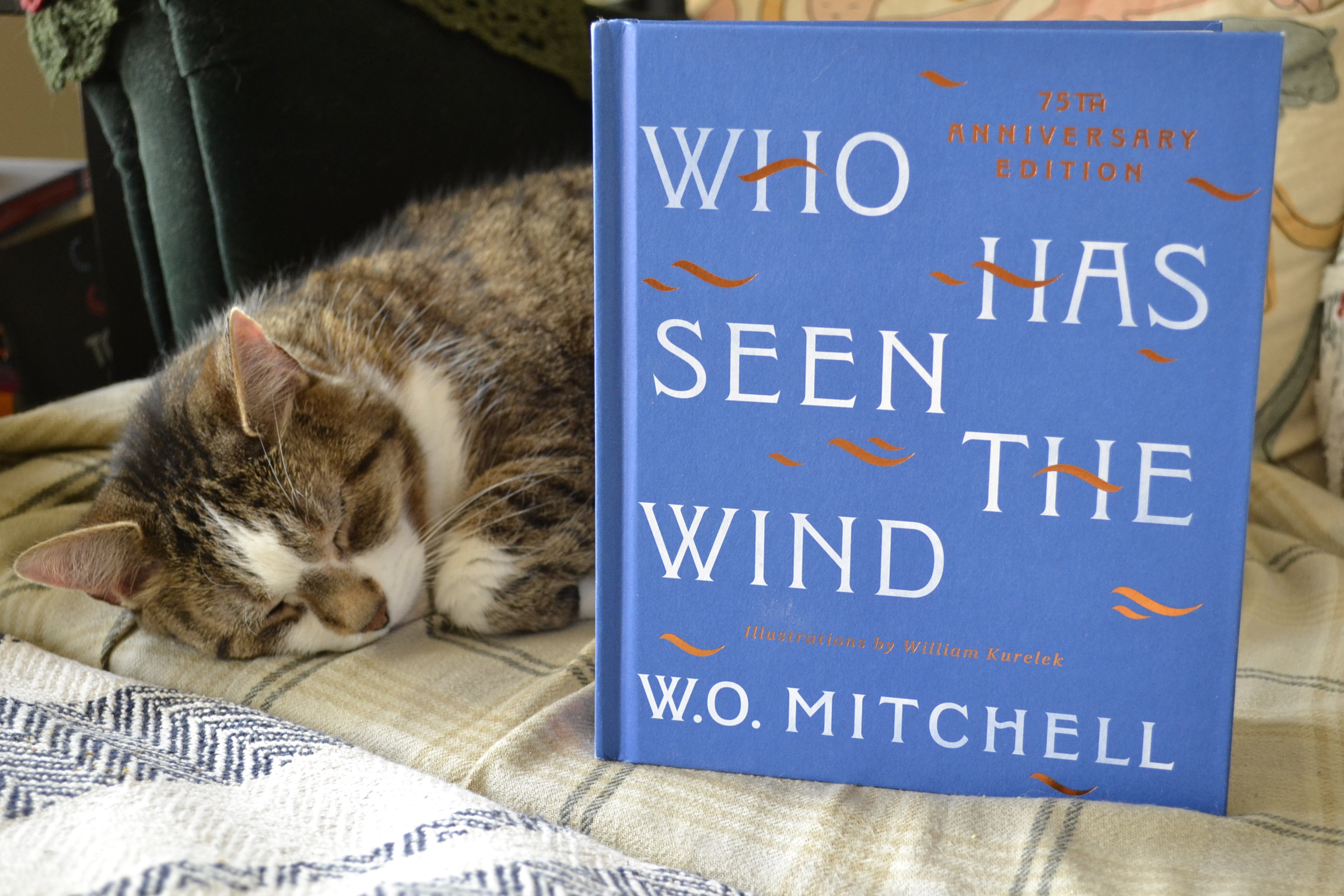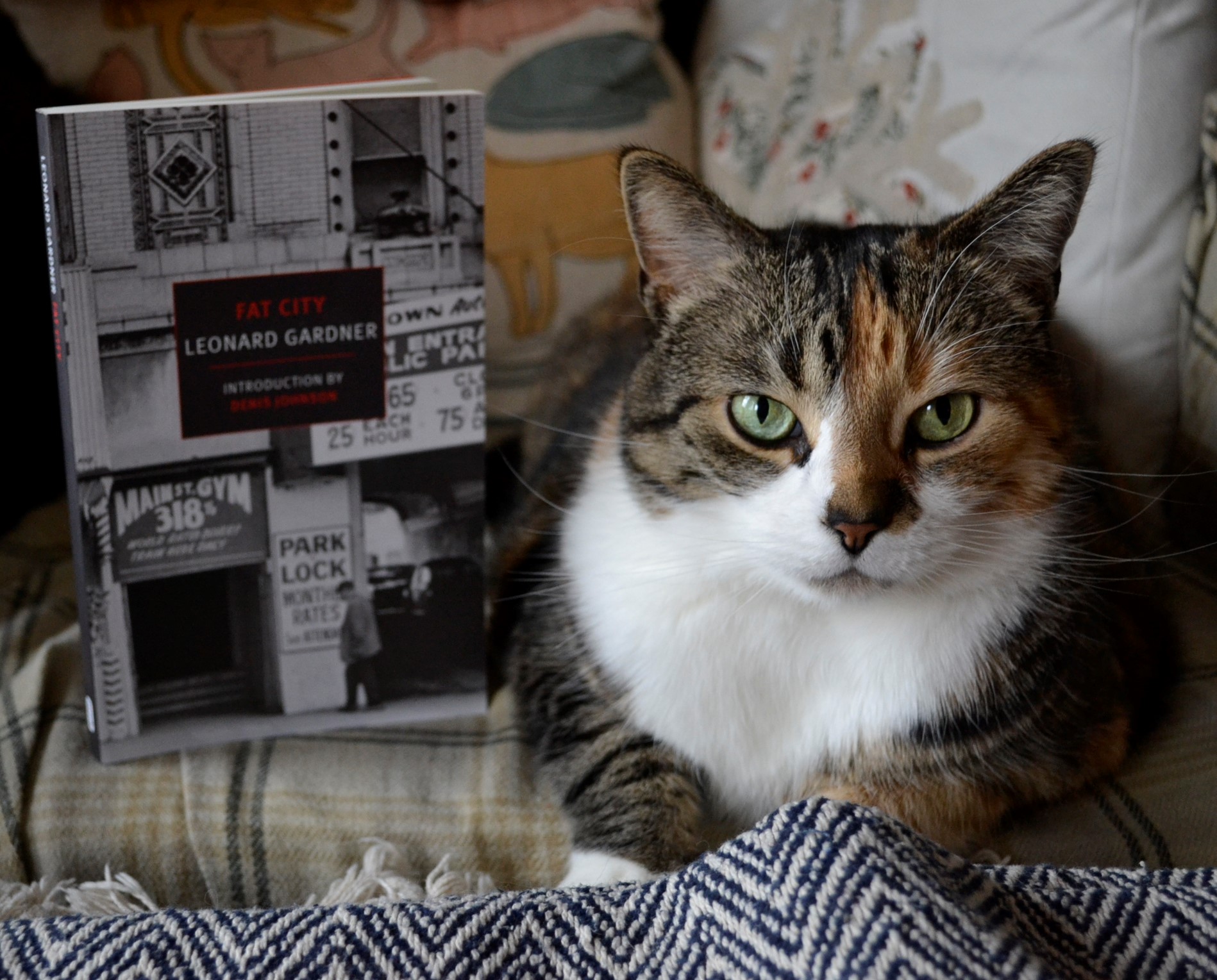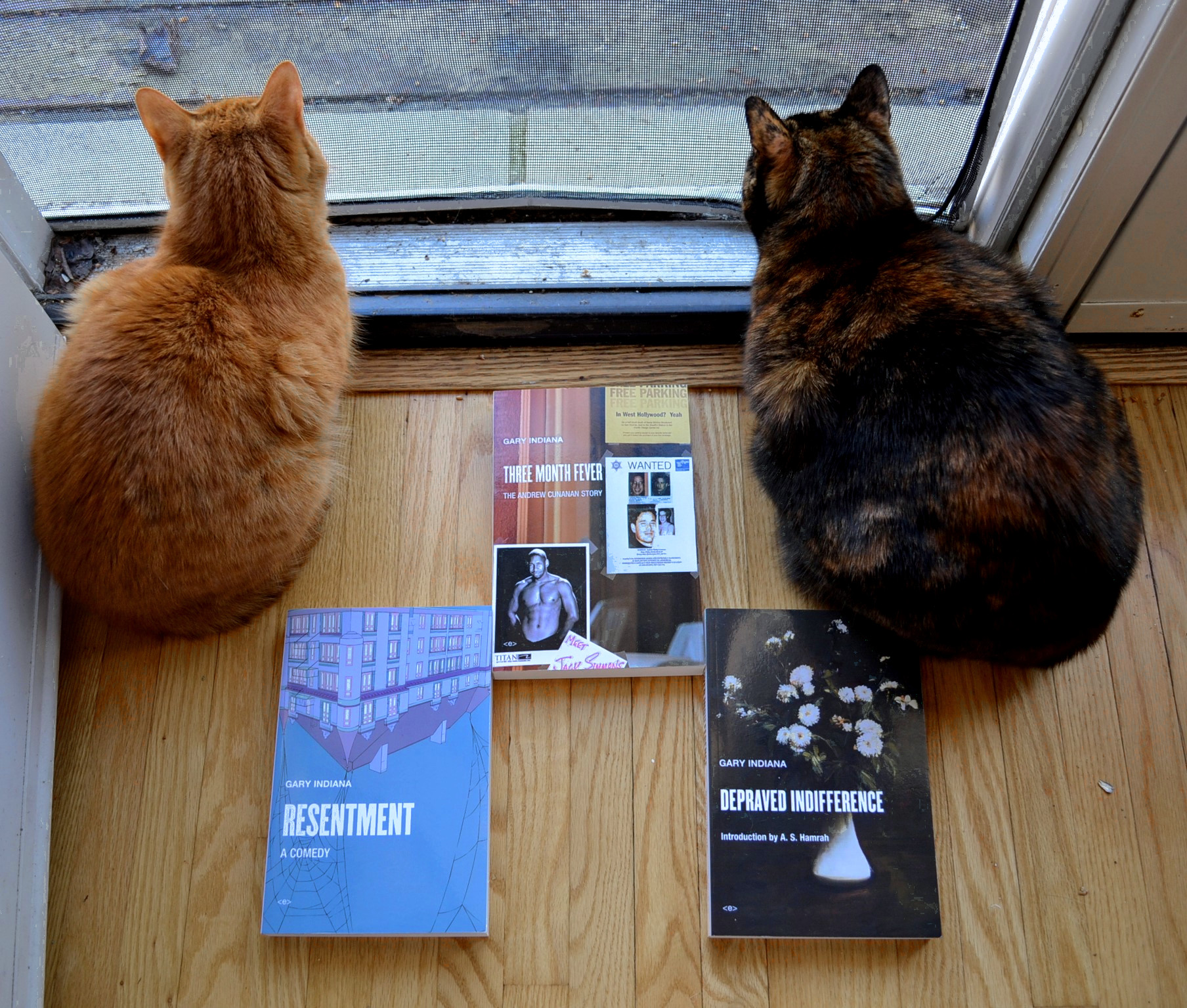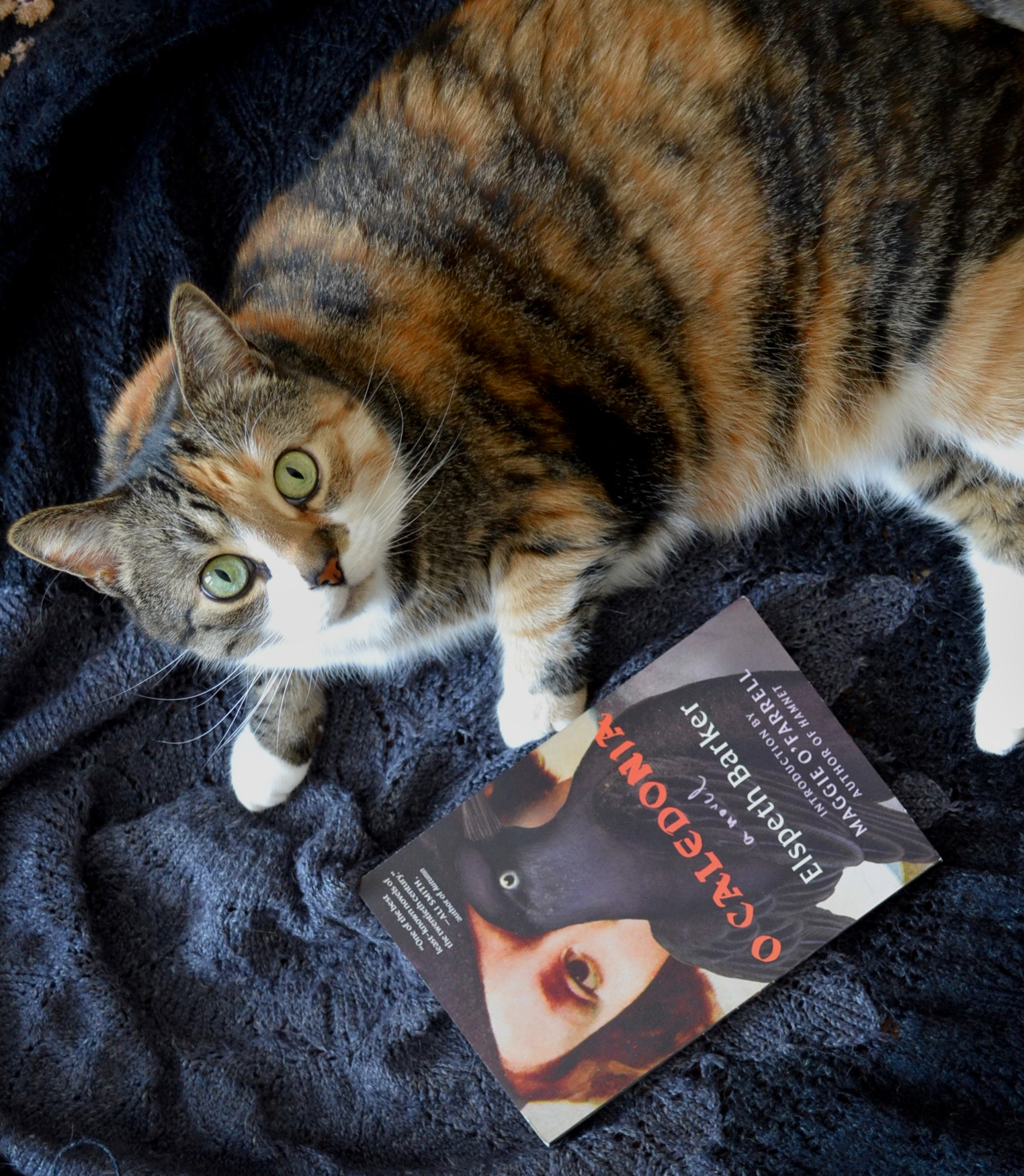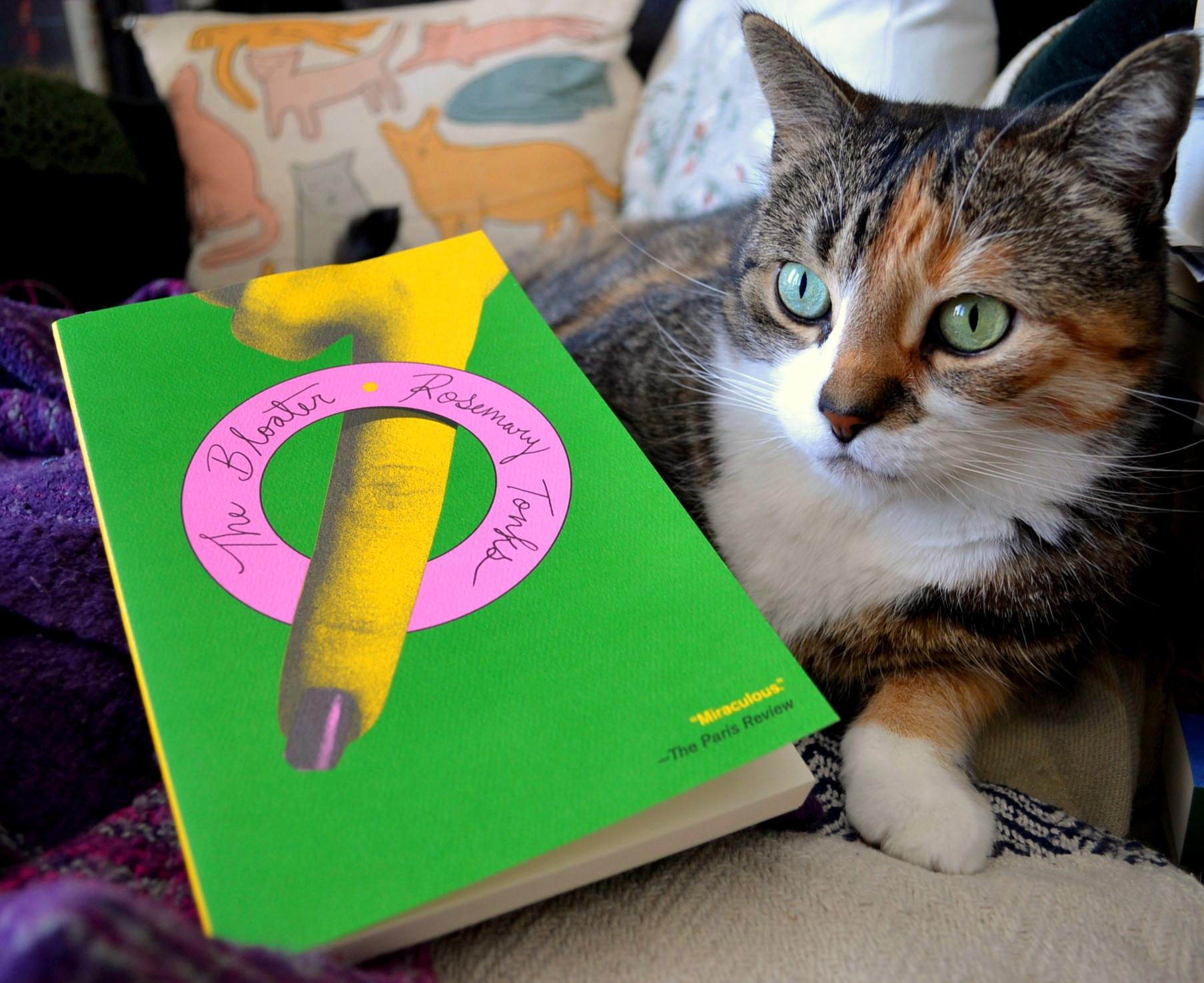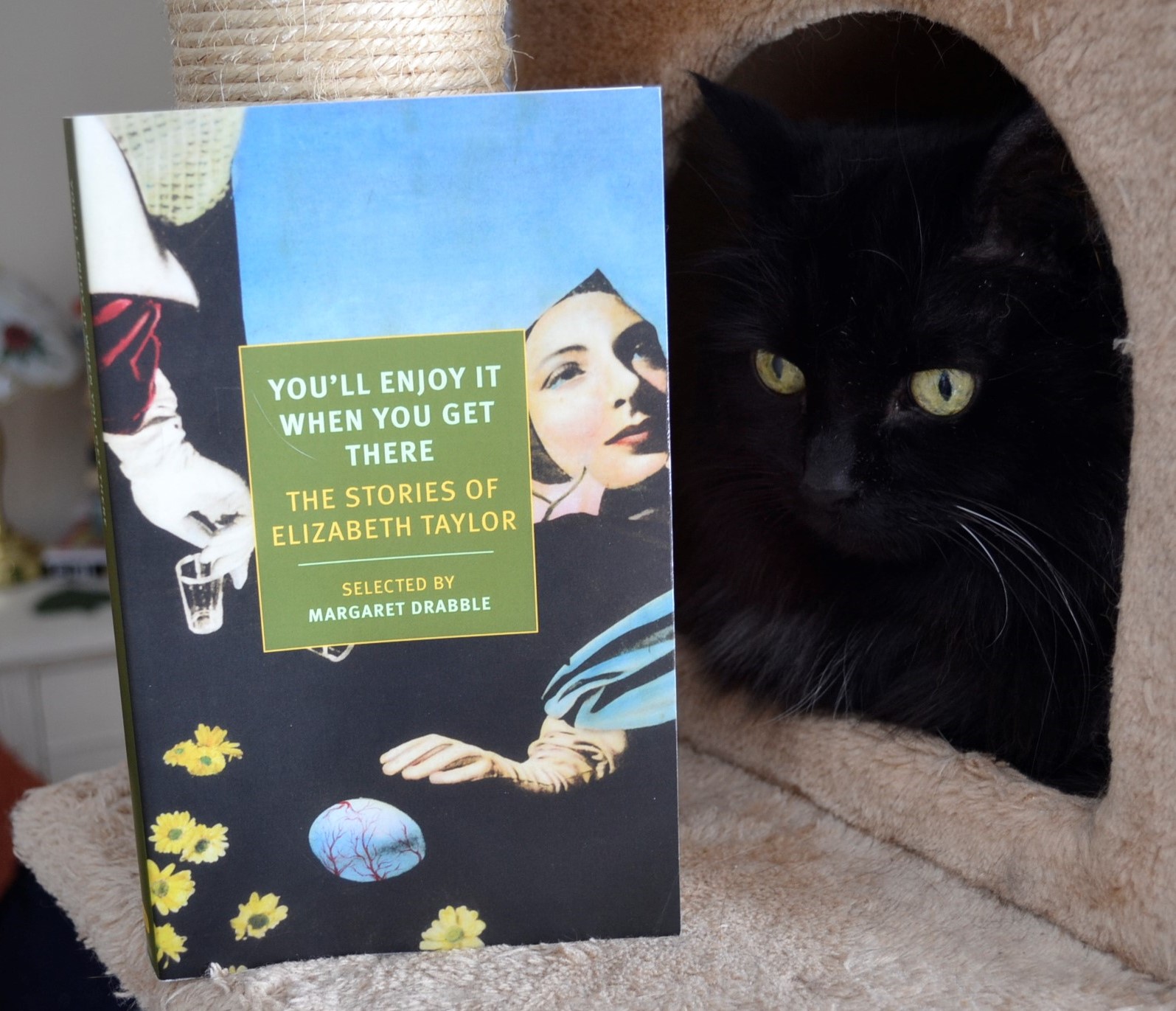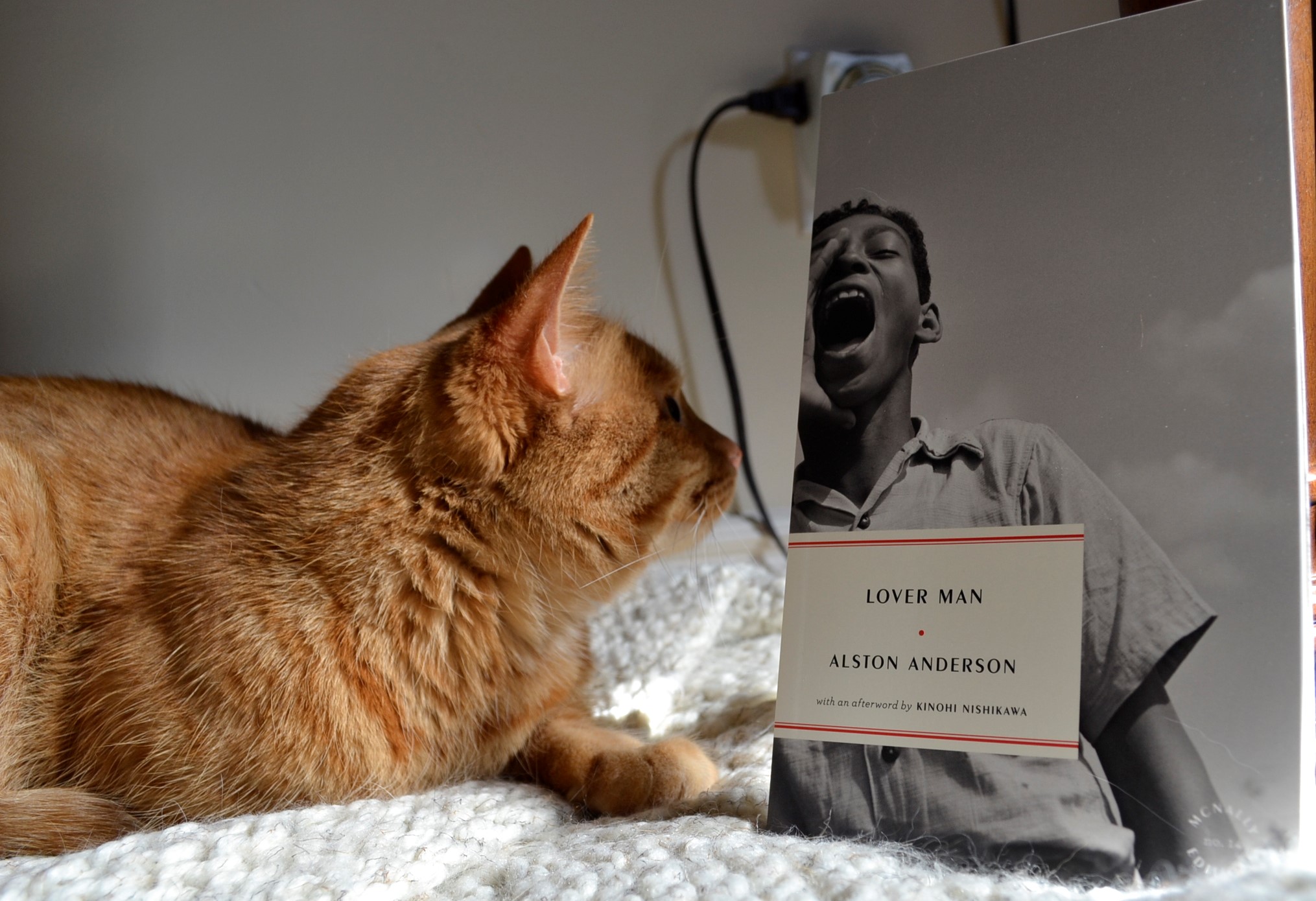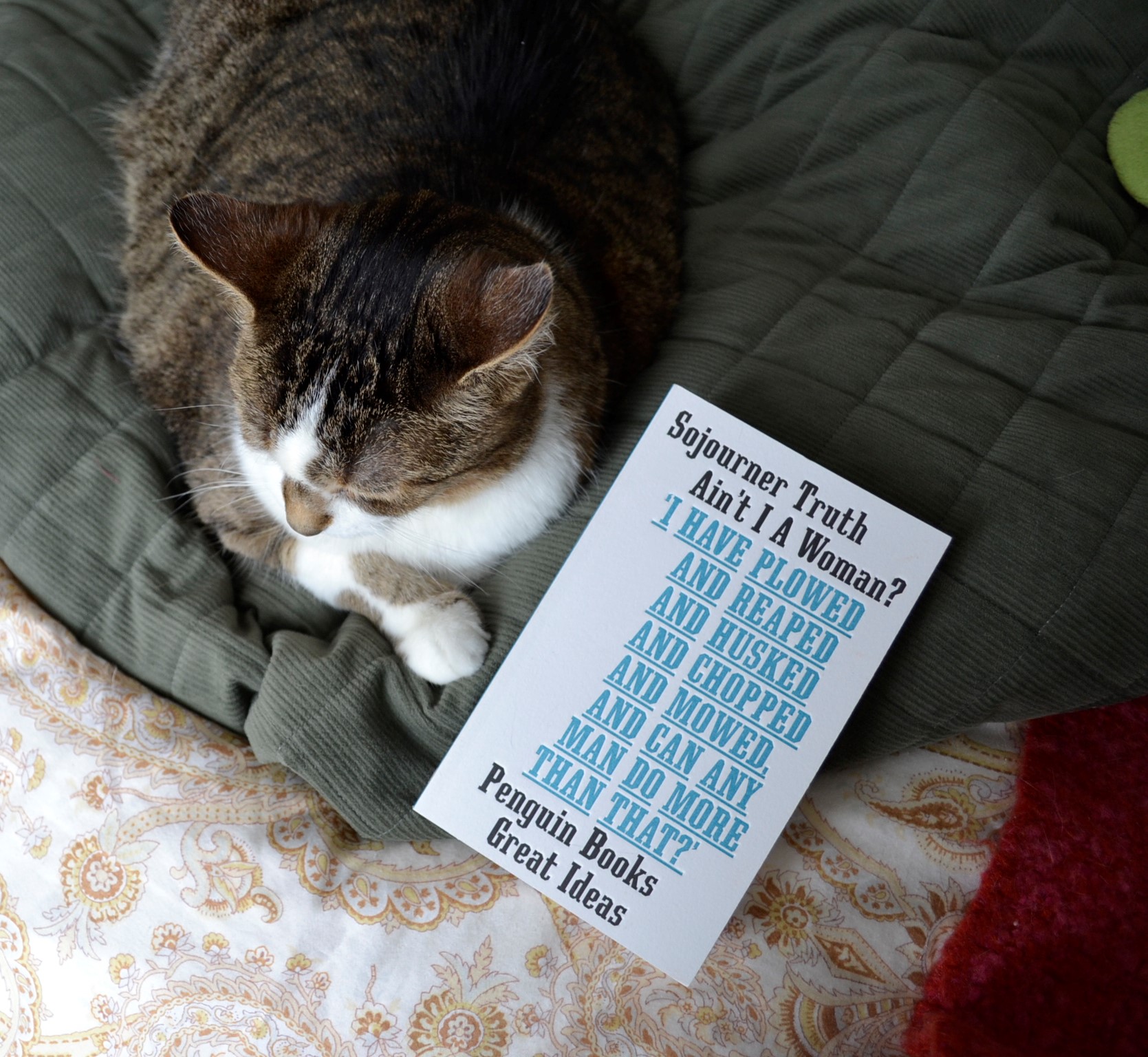Who Has Seen the Wind
Who Has Seen the Wind is a boyhood in a space where the farm meets a just-developing urban reality. There’s an extensive cast of characters and a stream of events that flow as steadily and relentlessly as the passage of time, as Mitchell captures the insular nature of village life.
